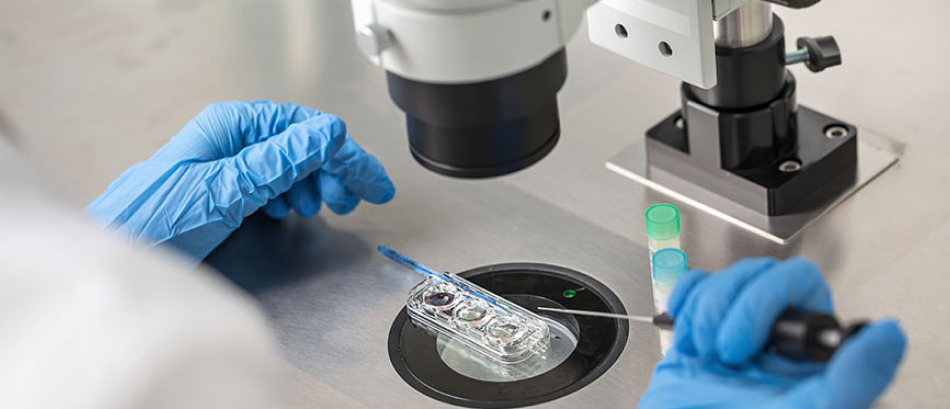Our Facilities
Blastocyst Culture
Blastocyst culture is an advanced technique in assisted reproductive technology where embryos are cultivated in the lab until they reach the blastocyst stage—typically around Day 5 or 6 after fertilization. This method allows for the selection of the most viable embryos for transfer.

Blastocyst Transfer
Embryos are cultured in a lab until they reach the blastocyst stage (day 5) , post which, best quality blastocysts are transferred into the uterus for implantation. This process ensures that only best quality embryos are transferred, which results in better success rates.
Benefits of Blastocyst Culture
- Enhanced Embryo Selection: Cultivating embryos to the blastocyst stage helps identify those with the highest potential for implantation and pregnancy success.
- Improved Implantation Rates: Blastocyst-stage embryos are more likely to implant successfully in the uterus, leading to higher success rates.
- Increased Efficiency: This technique often reduces the number of embryos transferred, minimizing the risk of multiple pregnancies.
What to Expect
- Cultivation Process: Embryos are carefully monitored and nurtured in a controlled lab environment to reach the blastocyst stage.
- Transfer Timing: Blastocyst transfer is typically scheduled around Day 5 or 6 of the embryo culture process, optimizing the timing for implantation.
- Follow-Up Care: You’ll receive guidance on post-procedure care, including medication and lifestyle recommendations to support a successful pregnancy.


